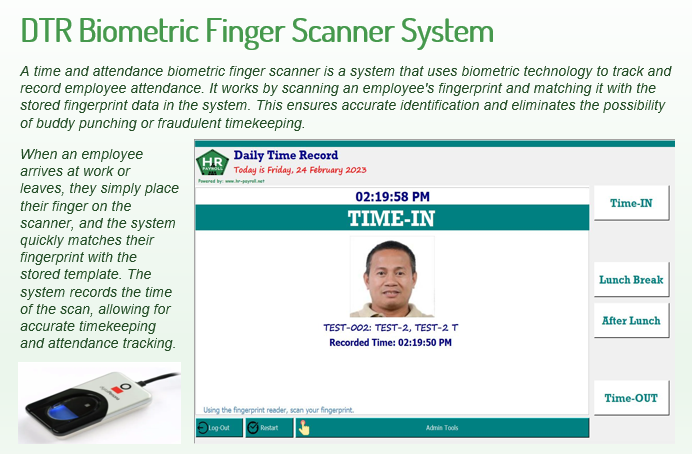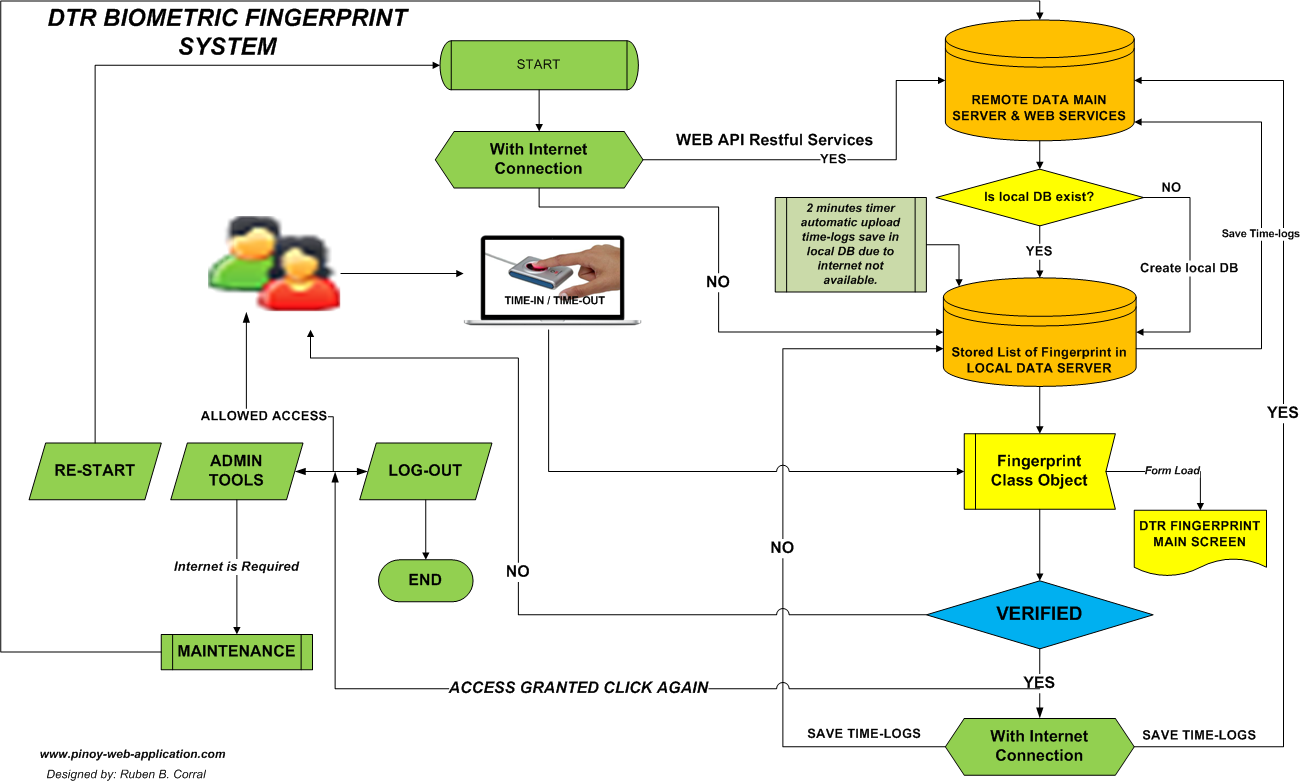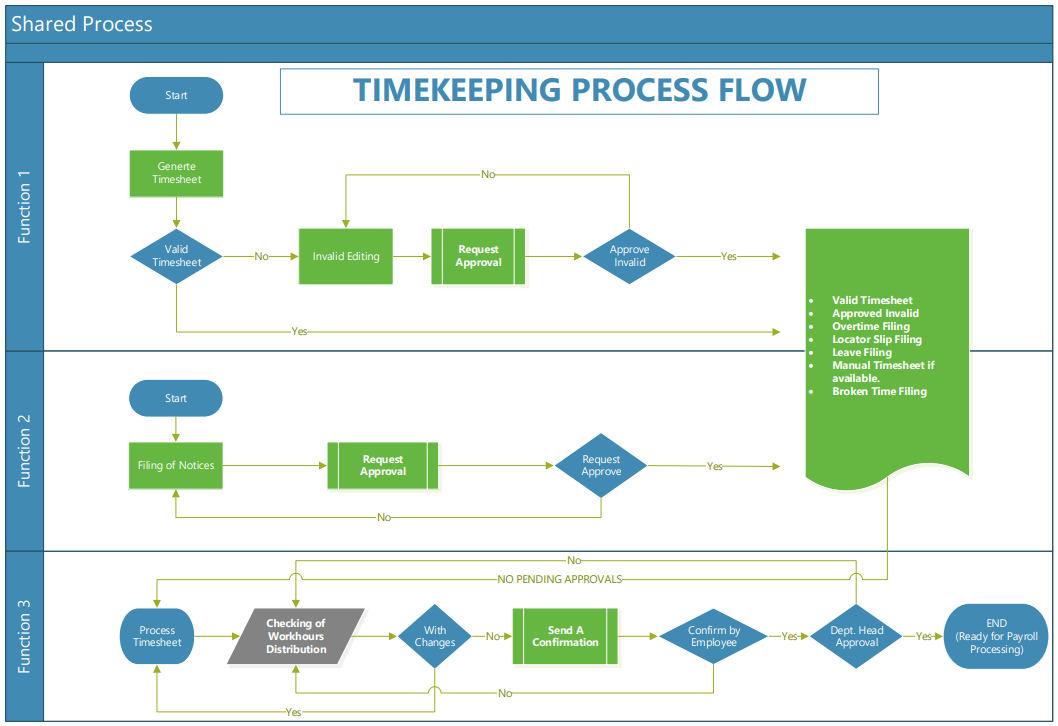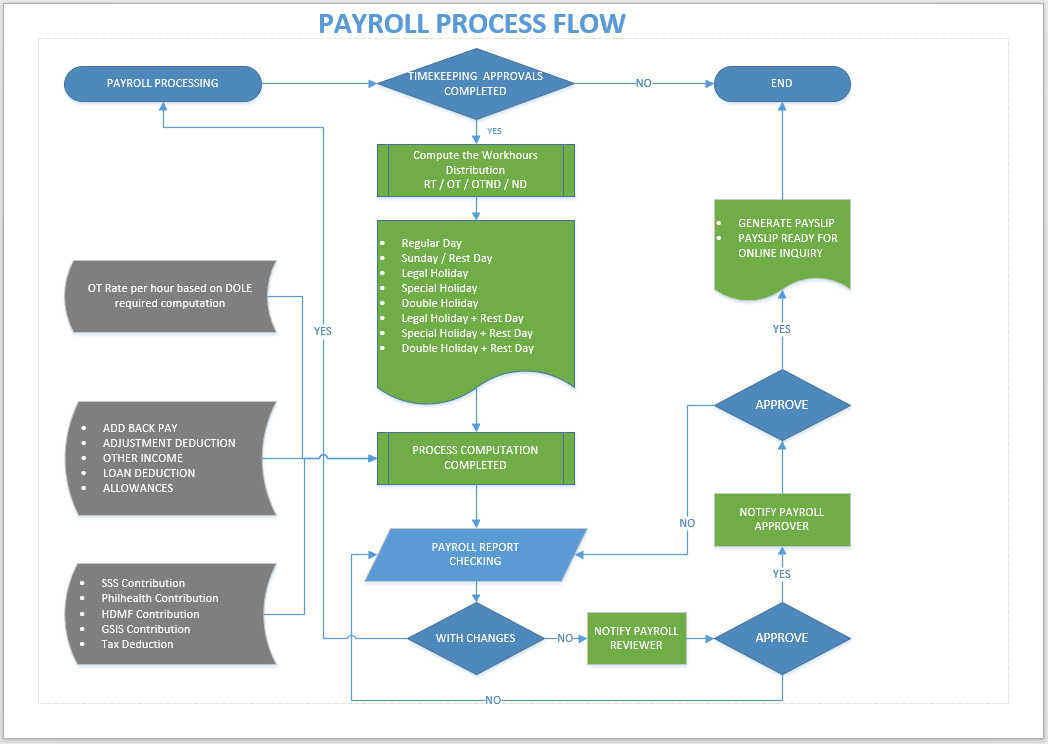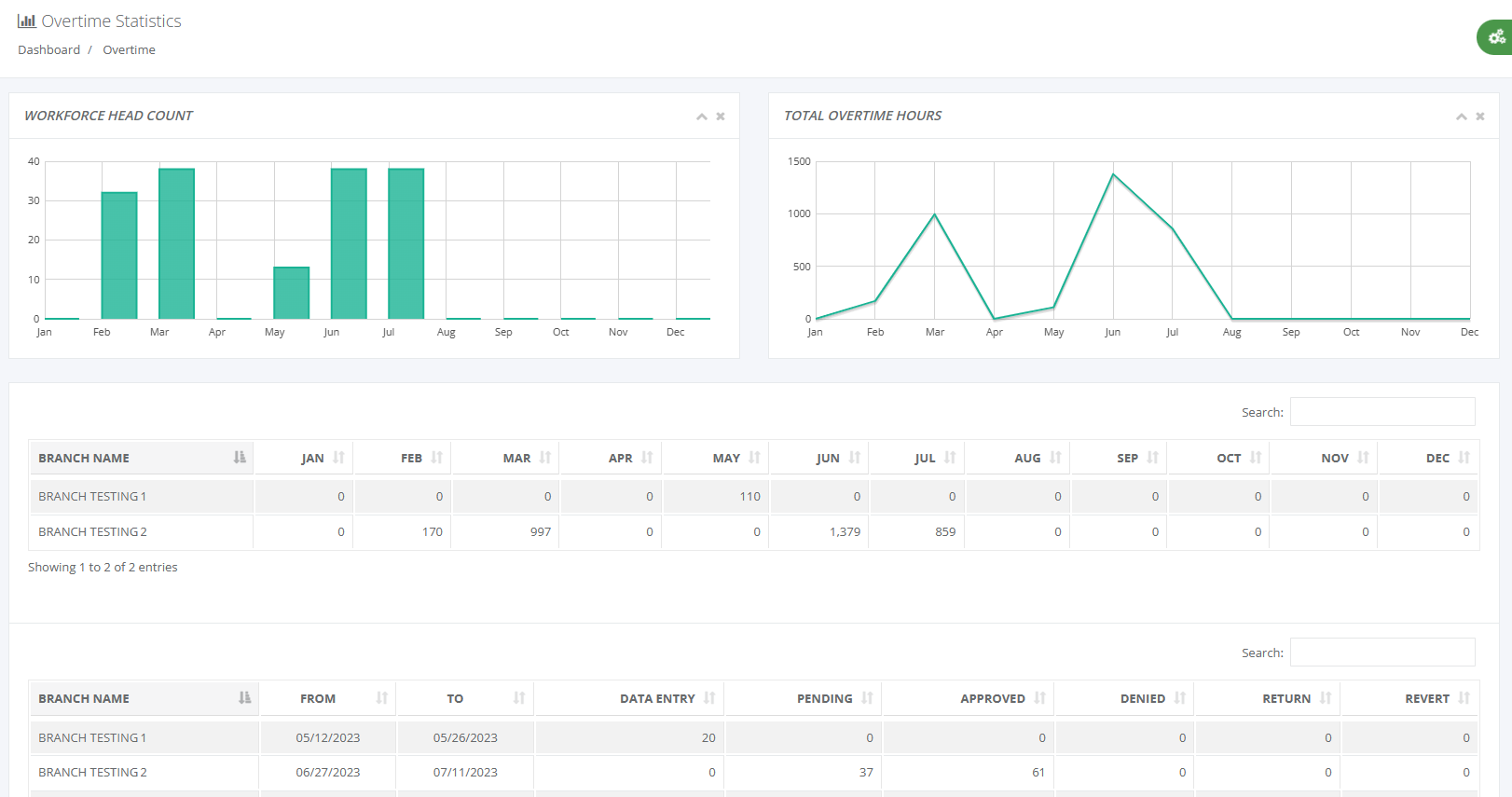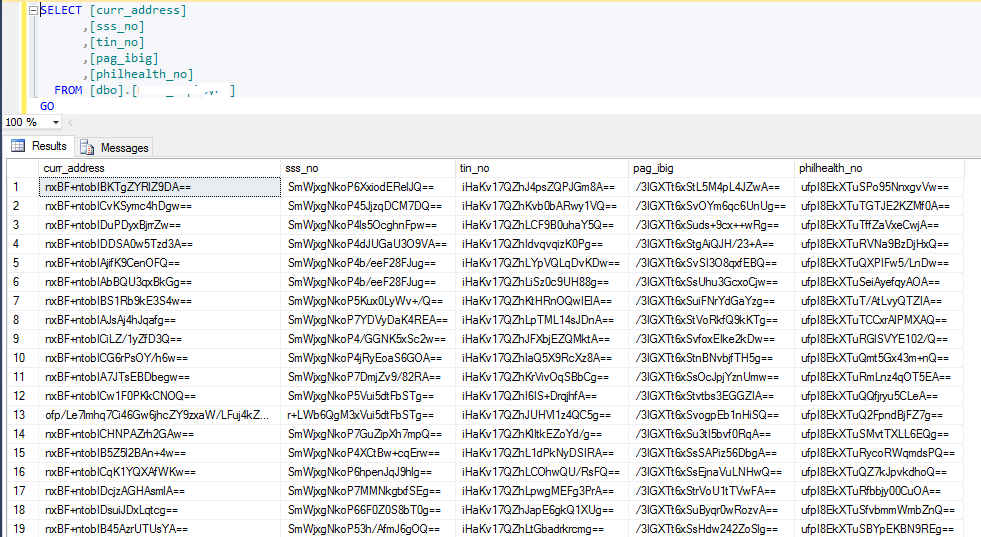Membership in, and/or usage of pinoycode.com is voluntary. Therefore, any access and/or usage of any services provided by pinoycode.com is an admission that you have read, understood and agreed to all the rules and policies set by pinoycode.com including any amendments, revisions, additions, etc., which is website made from time to time. All information to be posted and/or specified within the website must follow the rules set forth below. pinoycode.com reserves the rights to suspend the account or delete any post , advertisements, reply, comment and/or feedback of members who violates or tends to violate these rules set forth below.
- No offensive materials depicting excessive violence
- No Nudity meant simply to titillate and containing very little aesthetic value;
- No foul, offensive or improper language.
- No racist, hateful, inflammatory or flaming comments.
- No reference to any illegal materials and activities.
- Avoid confusing, deceptive and/or misleading information.
- No reference, except for those considered as “fair use” under existing laws, rules and regulations, to materials protected by copyright and/or intellectual property laws without the prior permission from the rightful owner(s). However, materials, items and/or articles which are replicas, counterfeits and/or unauthorized copies of an original shall likewise be prohibited.
System Usage policies
- As a member of pinoycode.com, you are responsible for the security of your member account including its username and password. No member is allowed to share his/her username or password to another user. Furthermore, no member or registrant will be allowed and/or permitted to use a username which is or may be considered foul, obscene, racist, hateful and/or inflammatory.
- Each user is generally allowed only one 1 active member account.
- Respect the privacy of other people. Don't give any personal information of other persons without their permissions.
- Sending unsolicited e-mails or posting SPAM with links to any part of pinoycode.com is strictly prohibited.
About Advertisers?
I use third party advertisements such as Google Adsense. These ads may contain cookies and are collected by the ad companies, and I do not have access to these information. You may check their websites for respective privacy policies.
Google Internet-based Ads Policy Updates:
- Google, as a third party vendor, uses cookies to serve ads on your site.
- Google’s use of the DART cookie enables it to serve ads to your users based on their visit to your sites and other sites on the Internet.
- Users may opt out of the use of the DART cookie by visiting the Google ad and content network privacy policy.
Data Protection
We take the security of our customers’ information seriously and take measures to protect it from unauthorized access, use or disclosure. We use appropriate physical, electronic, and managerial measures to protect customer information from unauthorized access, theft, or disclosure. To protect data privacy of every employee's the important data like address, bank account, sss no., tin no., pagibig no. and philhealth number are encrypted to safeguard the sensitive information. Only this web-application can decrypt the encrypted data to a readable format.
Data retention
We will retain our customers’ data/information for as long as necessary to fulfill the purposes for which it was collected, and in accordance with any contractual or legal obligations. In determining the retention period, we consider the following factors:
- The nature and sensitivity of the personal data
- The purposes for which the personal data was collected
- The legal and regulatory requirements for data retention
- The need to defend or assert legal claims
Data Deletion
Once the retention period for our customers’ data has expired, or when the data is no longer necessary for the purpose for which it was collected, it will be securely destroyed or deleted using appropriate technical and organizational measures to be discussed and agreed upon with the customers/data subject, to ensure the protection and confidentiality of the data.
Customer Rights
Customers have the right to access, update, or delete their personal information. They may also receive software updates from time to time.
Notification of Data Breaches
This Privacy Policy is effective as of December 2023 and will remain in effect except for any changes in its provisions in the future, which will be in effect immediately after being posted on this page.
We reserve the right to update or change our Privacy Policy at any time and you should check this Privacy Policy periodically. Your continued use of the service after we post any modifications to the Privacy Policy and constitute your acknowledgement of the modifications and your consents to abide and be bound by the modified Privacy Policy.
Contact Us
If you have any questions or concerns about our privacy policy, please use the contact us form on this website.

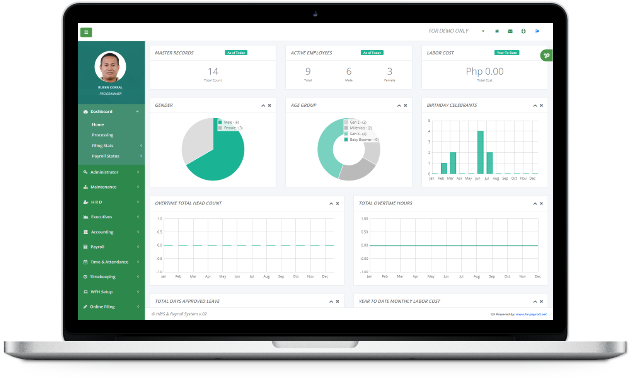

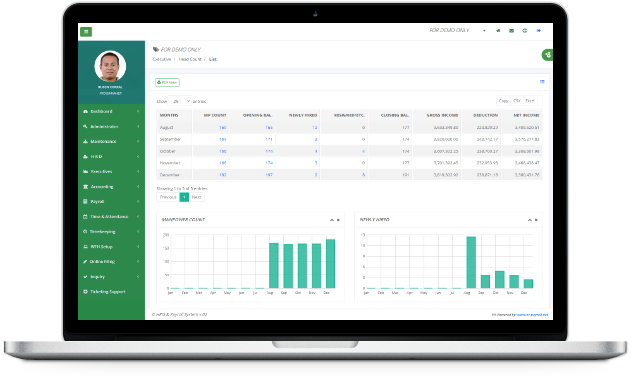

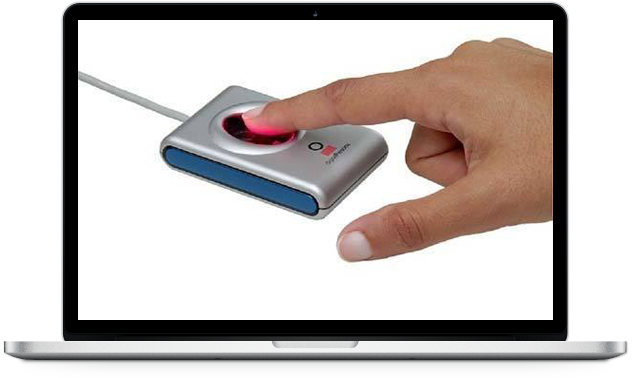

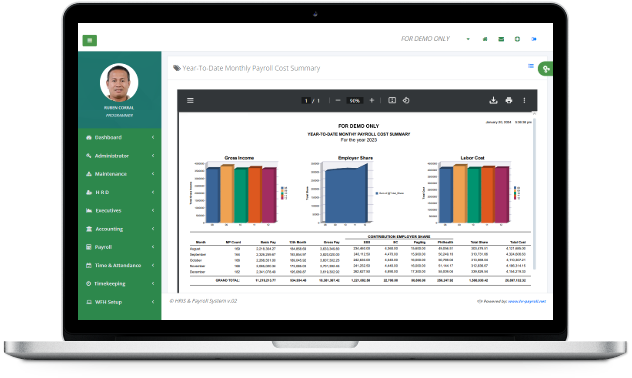

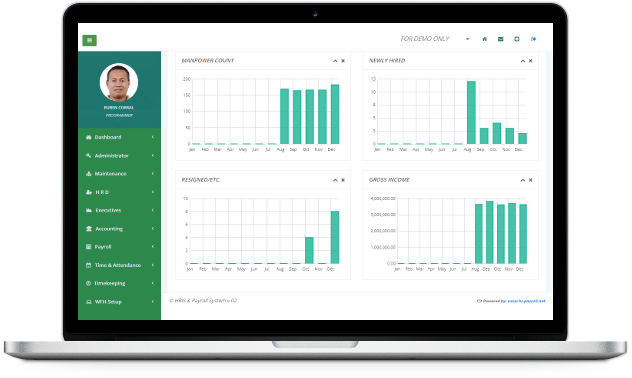

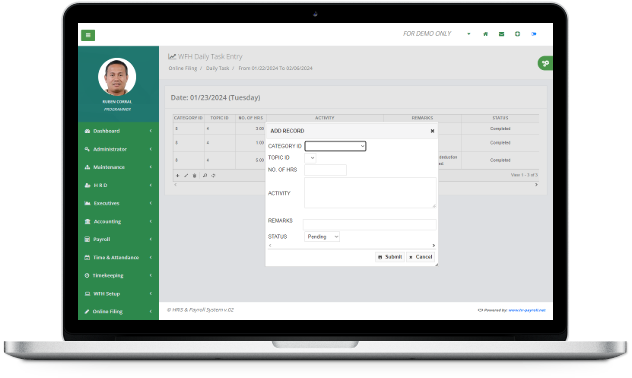

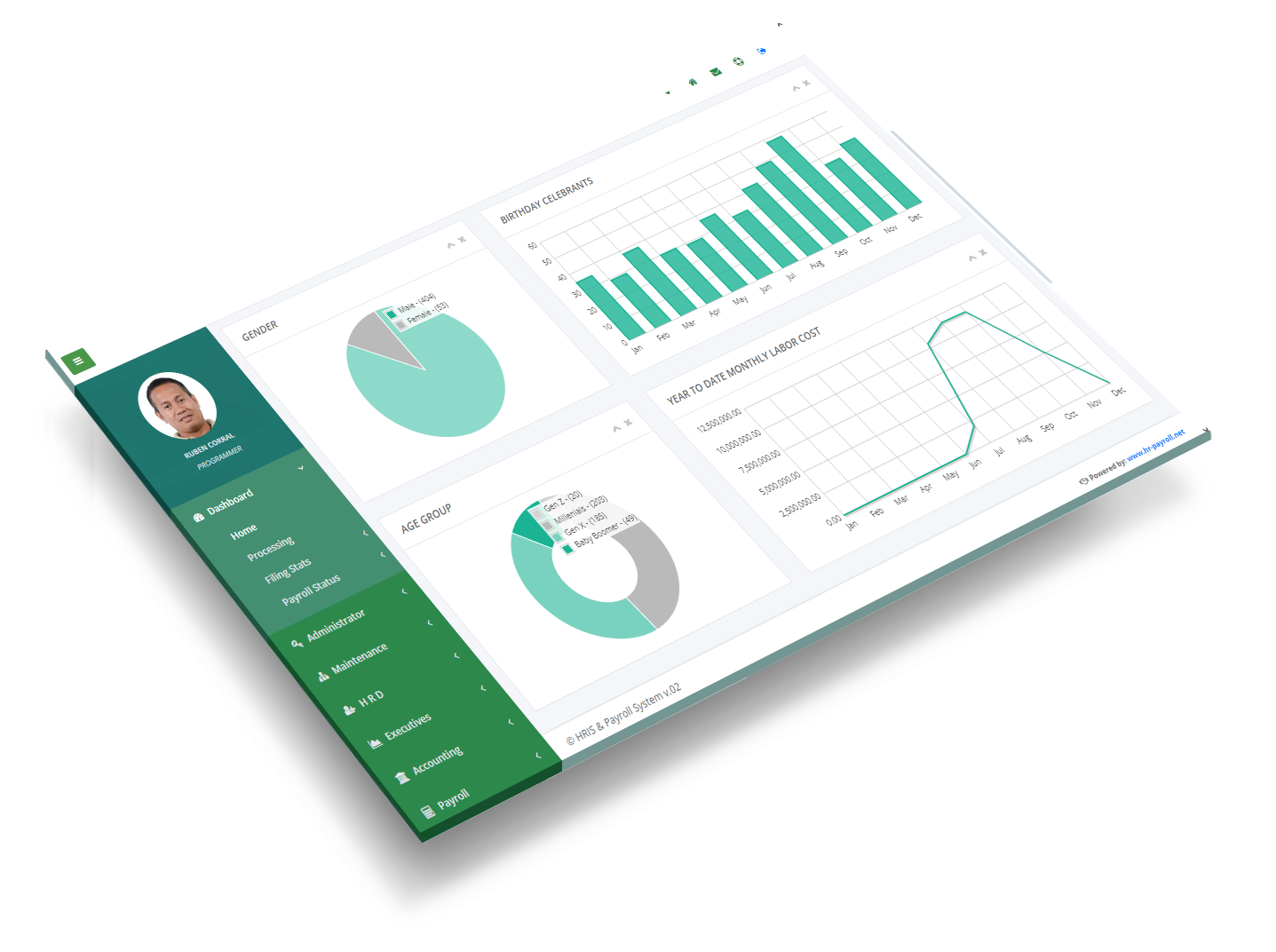
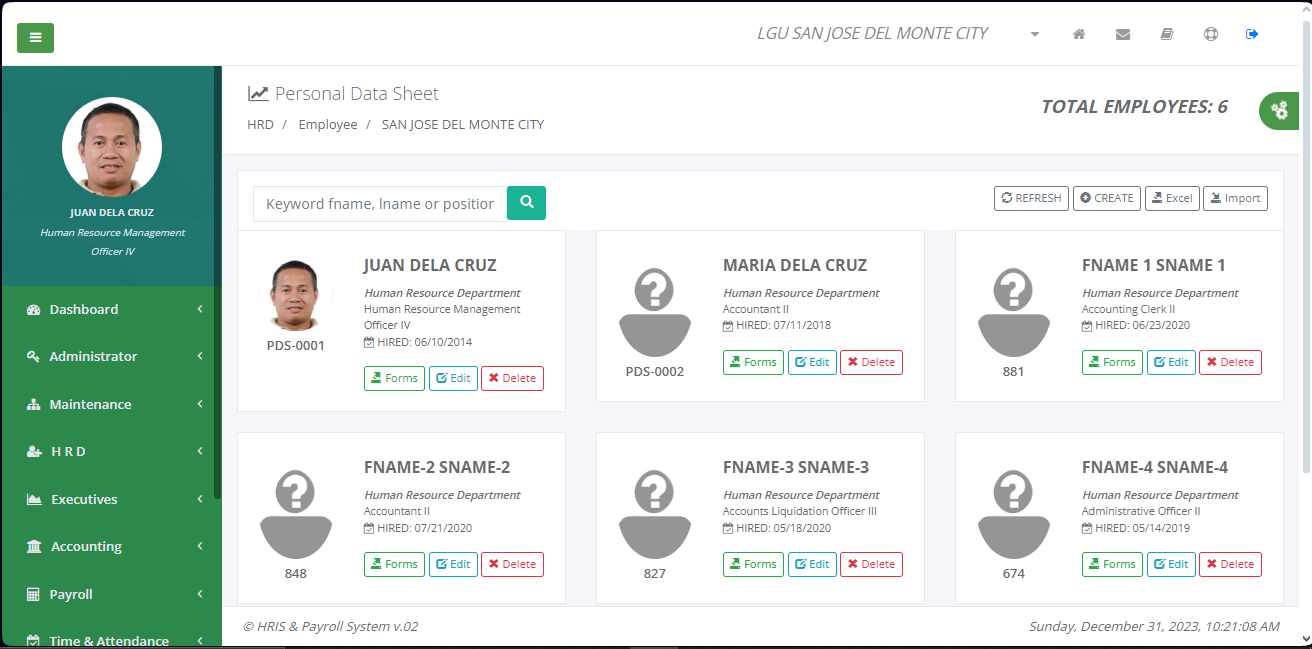

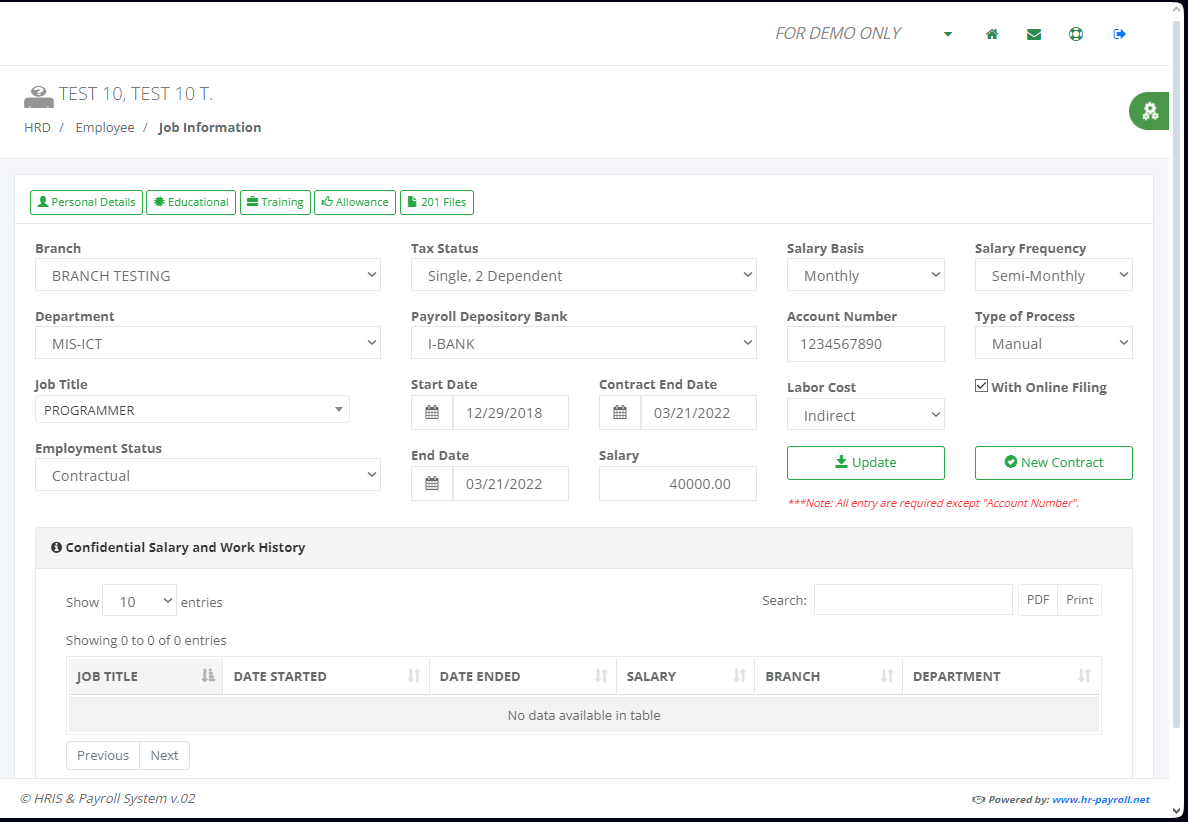 HRIS & Payroll System can handle 24/7 operation shifting schedule or moving employee from different shift schedule without any issues in timekeeping process.
HRIS & Payroll System can handle 24/7 operation shifting schedule or moving employee from different shift schedule without any issues in timekeeping process.
